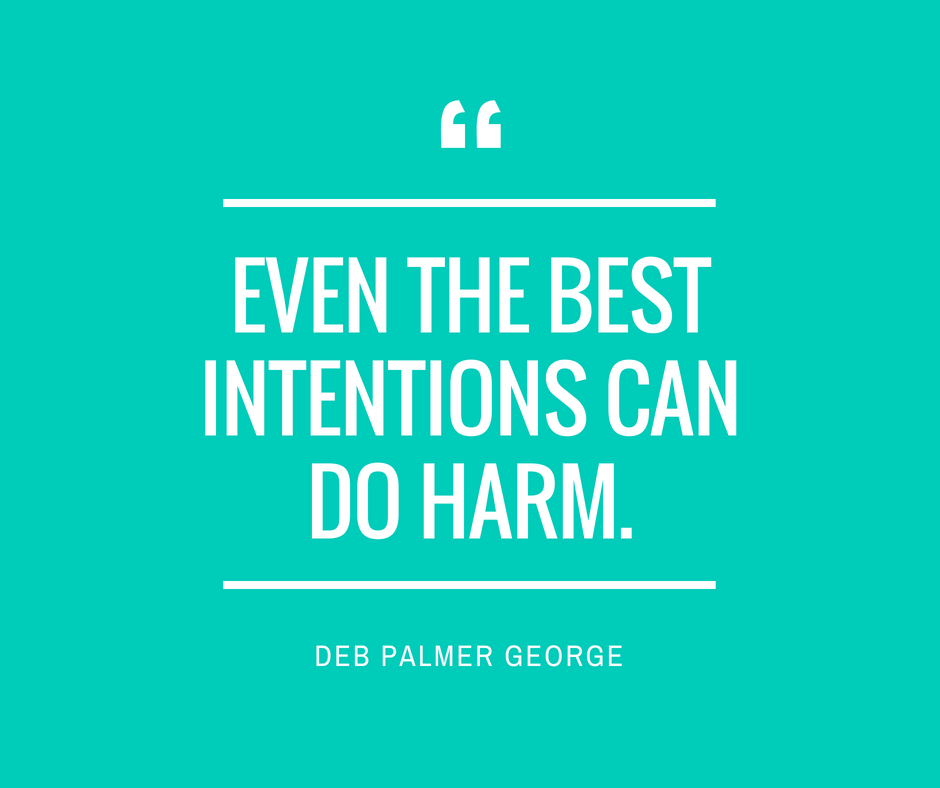I meant no harm, yet harm happened while on my way back to Nashville from New Harmony, Indiana.
I was in New Harmony facilitating a program on Co-Creative C-Suite teams for an executive MBA program. The group I worked with brought the material to life in energetic and inspiring ways and I left feeling grateful for the experience.
But before I traveled home, I had an opportunity to visit the New Harmony roofless Church. There I saw the most beautiful butterfly and even took a video of it going about its butterfly purpose.
On my drive back to Nashville, another butterfly flew right into the grill of my car. It reminded me of the beautiful butterfly I enjoyed earlier that day, however, the unintended consequence of me driving 70 miles an hour in a vehicle that weighs 2,000 pounds is that the butterfly didn’t make it home.
I had no intention to do harm, but I did.
This is an example of an unintended consequence of someone with greater power going about their business and doing harm without meaning to.
It happens all the time in companies when executives yielding greater power are going about their business trying to move their organizations in the direction that they have set in better, faster, and greater ways. In doing so, the sheer force of their power and magnitude of the decisions they make, even with the best intentions, can do harm.

This is where our responsibility comes in as leaders, to be as wide-awake with our power as we can be and with as much integrity for the good of the whole as we can.
Because then, when harm inevitably happens, we can recognize it. We can let ourselves feel compassion for whomever was harmed and compassion for ourselves. Compassion is like glue that holds human systems together, it lets people know they matter and seeing compassion in action indicates to people how they can expect to be treated.
I wonder if psychological safety is a priority now in the communication era. Imagine if leaders today paid the same type of attention to employee’s psychological safety as was paid to physical safety in workplaces in the 1980’s.
What if practices and campaigns were put in place to alert and prioritize people’s attention to their emotional, as well as their physical, well-being.
What if this much attention was paid by leaders to the impact they make in the moment? I think we’d see far greater engagement, connection, and courage in organizations where people feel the kind of safety that encourages you to step out and do your best. And then, in those infrequent times where harm is done through unintended consequences, people’s trust in the leader remains high even as people feel disappointment, uncertainty, or concern.
The power of compassion, heartfelt acknowledgment, and sincere adjustments to make it right going forward will keep us connected and moving together in the right direction. The leader who recognizes along the way that there will be gaps between the intention and impact of their actions, builds trust that transcends disappointments, distress, and challenges along the way. And in doing so contributes to their own wellbeing as well as that of their teams.
YOUR FINEST HOUR
Welcome to Your Finest Hour, a summer series to help you discover how to connect with the best in others to achieve what matters most. To receive email updates in this series click subscribe to join my list.


